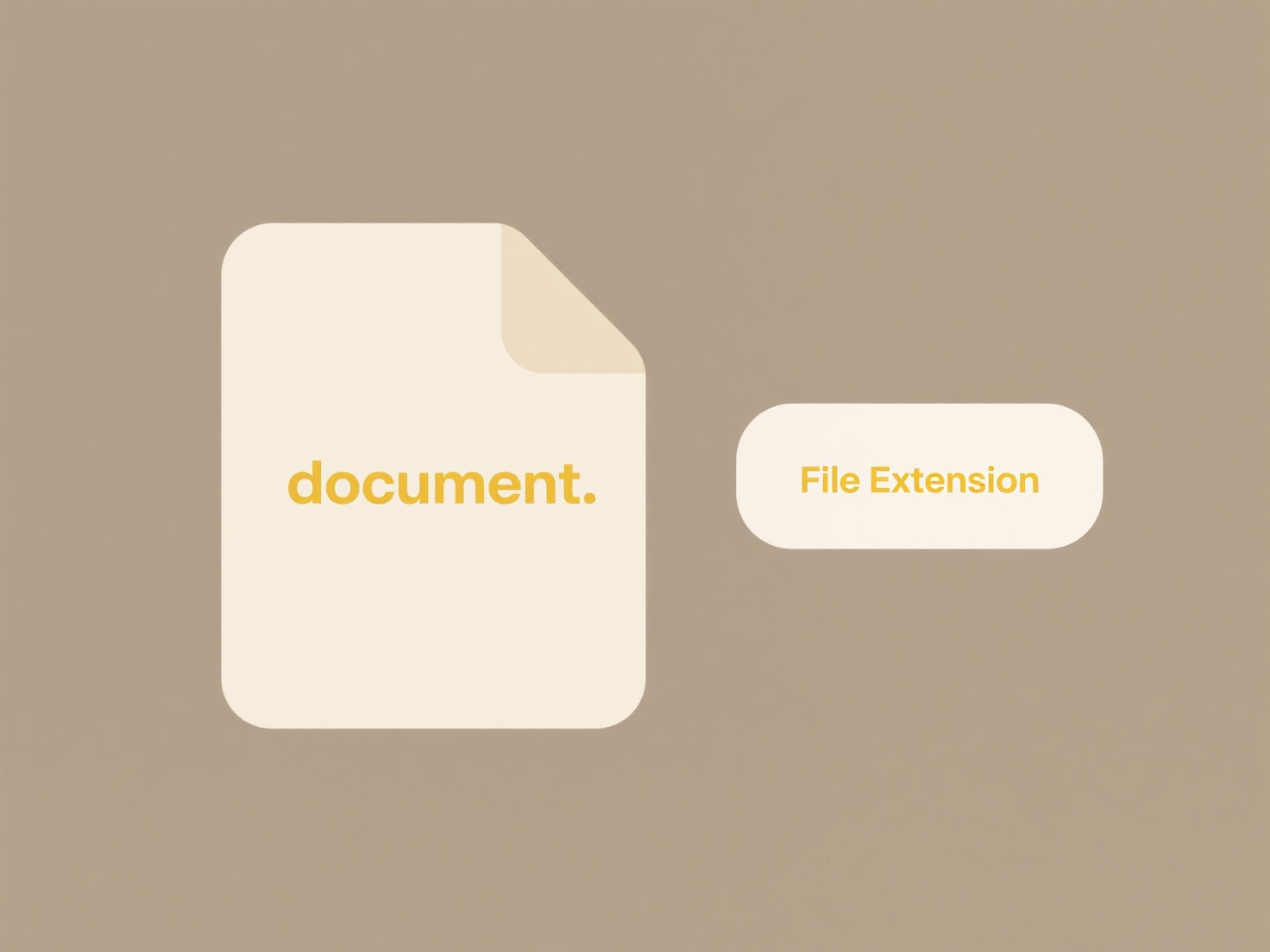
A PDF (Portable Document Format) file preserves a document's original layout, formatting, fonts, images, and graphics across different devices, operating systems, and software applications. This makes it fundamentally different from editable formats like Microsoft Word (.docx), where the appearance might change depending on the viewer's software or installed fonts. Its core purpose is to ensure consistent visual presentation and printing of any document, regardless of how or where it's opened.
PDF files are ubiquitous for sharing documents where the final appearance is critical and unintended alteration must be prevented. Key examples include distributing finalized official documents like contracts, tax forms, and legal agreements, as well as business-critical materials such as reports, invoices, manuals, and presentations. They are also the standard format for downloadable eBooks, guides, academic papers, government publications, and digital brochures across countless industries.

The main advantage of PDFs is their reliability for viewing and printing exactly as intended. Features like password protection, digital signatures, and restrictions on editing or copying enhance document security and integrity. A key limitation is that modifying content typically requires specialized software. Ethical considerations include ensuring PDF accessibility for people with disabilities using screen readers. Future development focuses on enhancing features like improved collaboration tools and richer multimedia integration.
What is a .pdf file used for?
A PDF (Portable Document Format) file preserves a document's original layout, formatting, fonts, images, and graphics across different devices, operating systems, and software applications. This makes it fundamentally different from editable formats like Microsoft Word (.docx), where the appearance might change depending on the viewer's software or installed fonts. Its core purpose is to ensure consistent visual presentation and printing of any document, regardless of how or where it's opened.
PDF files are ubiquitous for sharing documents where the final appearance is critical and unintended alteration must be prevented. Key examples include distributing finalized official documents like contracts, tax forms, and legal agreements, as well as business-critical materials such as reports, invoices, manuals, and presentations. They are also the standard format for downloadable eBooks, guides, academic papers, government publications, and digital brochures across countless industries.

The main advantage of PDFs is their reliability for viewing and printing exactly as intended. Features like password protection, digital signatures, and restrictions on editing or copying enhance document security and integrity. A key limitation is that modifying content typically requires specialized software. Ethical considerations include ensuring PDF accessibility for people with disabilities using screen readers. Future development focuses on enhancing features like improved collaboration tools and richer multimedia integration.
Quick Article Links
How do I save a webpage as PDF?
Saving a webpage as a PDF means converting its current content and layout into a fixed-format Portable Document Format (...
Can I open Windows file types on a Mac?
Yes, you can typically open common Windows file types like documents, spreadsheets, presentations, and PDFs on a Mac. ma...
When should I use “Save As”?
"Save As" creates a new, separate copy of your current document while keeping the original file intact. You should use i...